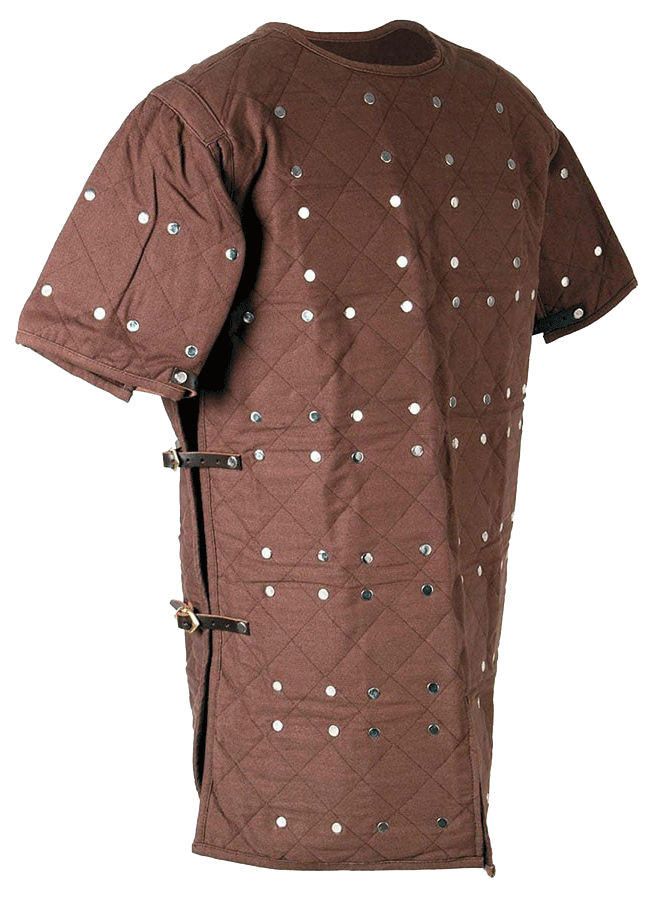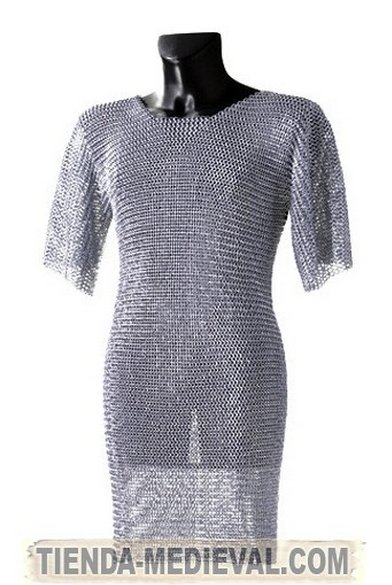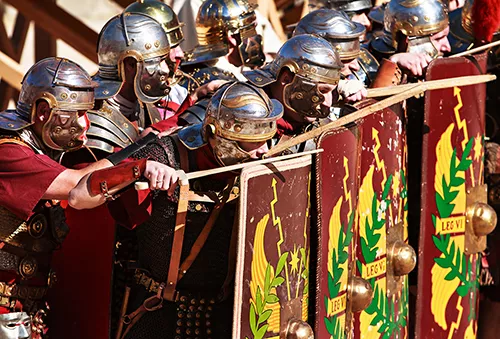Plate Armor Vs. Chainmail
The history and evolution of medieval armor allow us to glimpse an era where survival on the battlefield depended as much on the warrior's skill as on the effectiveness of their protection. In this context, plate armor and chainmail emerged as two of the most prominent options. Each offered unique advantages and limitations that directly influenced combat tactics. It is worth exploring these differences in depth to understand why both were fundamental in their time.
Plate Armor: Strength and Modernity
Plate armor, also known as full metal armor, represented a significant advance in personal protection during the height of the Middle Ages, approximately from the 14th century. This equipment consisted of steel plates strategically assembled to cover vital areas of the body, such as the chest, abdomen, arms, and legs.
- Material and construction: Usually made of steel, a metal that offered high resistance to blunt and cutting attacks. The pieces were joined using rivets and leather straps, providing the warrior with a certain degree of mobility.
- Effectiveness against weapons: It offered a superior level of protection, especially against blows from maces or swords. The plates distributed the impact of blunt weapons over a wider surface, reducing the risk of severe fractures.
- Limitations: Its main drawback was the weight, which ranged between 20 and 25 kg, requiring significant physical training from its wearer. Additionally, its rigidity could limit certain agile movements on the battlefield.

Chainmail: Flexibility and Versatility
Chainmail has much older origins, dating back several centuries before the Middle Ages. This type of armor was composed of small interlinked rings, usually made of steel or iron, designed to cover the torso and, in many cases, the arms, legs, and head.
- Material and construction: Its design allowed for great flexibility, as each ring was connected to four or six adjacent rings. This made it an excellent option for more agile combat.
- Effectiveness against weapons: It effectively protected against cuts and lacerations. However, it could not completely prevent damage from blunt weapons, such as war hammers or heavy projectiles that crushed the rings.
- Limitations: Although it was less restrictive in terms of mobility, chainmail could be penetrated by thrusting attacks, such as spears or crossbow bolts. Additionally, its weight, which ranged from 10-15 kg, was less evenly distributed and rested mainly on the shoulders, which could become uncomfortable over long periods.

Key Comparison Between Plate Armor and Chainmail
While both armors were iconic in their respective eras, they differed significantly in terms of design, effectiveness, and purpose in combat. Below is a direct comparison:
| Aspect | Plate Armor | Chainmail |
| Protection | High against blows and cuts | Moderate, less effective against thrusts |
| Mobility | Moderate rigidity, greater in advanced models | High, allows for a wider range of movement |
| Weight | 20-25 kg (well distributed) | 10-15 kg (weight on shoulders) |
| Vulnerabilities | Specialized piercing weapons | Blunt weapons and projectiles |
Strategic Choice
The choice between plate armor or chainmail ultimately depended on the combat style and the prevailing threats on the battlefield. While plate armor offered greater protection against piercing and blunt weapons, chainmail excelled in flexibility and freedom of movement.
















